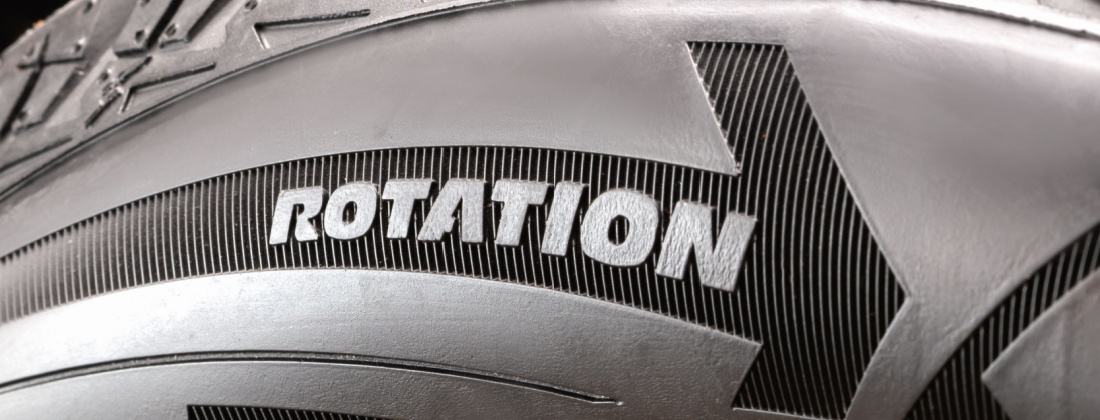Asymmetrical, Symmetrical or Directional Tread?
November 23, 2022
Tires

If you’re like most people, you might struggle to read the sidewall of your tire, and you probably don’t know the difference between directional, asymmetrical and symmetrical tread patterns. But don’t worry, we’re here to help!
Directional tread patterns are designed to provide optimum performance in one direction only. Asymmetrical tread patterns are designed to provide different levels of performance in different directions. And symmetrical tread patterns are designed to provide equal levels of performance in all directions.
Now that you know the difference, you can review more on the different tread patterns:
Symmetric Tread Pattern
The symmetric tread pattern is the most common type of tire tread. Tires with this type of tread have the same design on both sides of the tire and can be rotated in any direction. Most passenger car tires have a symmetric tread pattern.
The main benefit of a symmetric tread pattern is that it’s easy to rotate your tires. You can rotate your tires in any direction, which helps them wear evenly and last longer. Symmetric tread patterns also tend to be more budget-friendly than other types of tire treads.
One downside of a symmetric tread pattern is that it doesn’t offer the same level of traction as other tread patterns. If you live in an area with lots of snow or rain, you might want to consider tires with a different tread pattern.
Asymmetric Tread Pattern
Asymmetric tread patterns are characterized by different tread blocks on the left and right sides of the tire tread. The biggest advantage of this design is that it can provide both dry-weather grip and wet-weather traction. In addition, asymmetric tread patterns can also help to reduce road noise. However, one potential drawback of this design is that it can create an uneven wear pattern.
Directional Tread Pattern
A directional tread pattern is designed to work best when the tire is mounted on the correct rim and rotated in the correct direction. The tread’s pattern channels water away from the centre of the tire to improve wet-weather traction.
Directional tires must be mounted on the correct rim and rotated in the correct direction. If you do not follow these instructions, the tire will not perform as well as it could and may even be dangerous.
The main advantage of directional tires is their improved wet-weather traction. The tread channels water away from the tire’s centre, reducing hydroplaning and improving grip on wet roads. Directional tires also tend to have better handling characteristics than non-directional tires.
The disadvantages of directional tires are that they are more expensive than non-directional tires and can be more difficult to find in the size and load range you need. They also require more care when mounting and unmounting, and they must be kept in good condition to perform at their best.
Directional tread indication is only one of the markings that can be found on the sidewall of your tire. Wondering what the numbers and letters on the sidewall of your tire mean is a common occurrence. Our resources can help you become an expert!
Looking for a new set of tires? Try using our tire finder tool, or visit your local Trail Tire Auto Center.
Back

